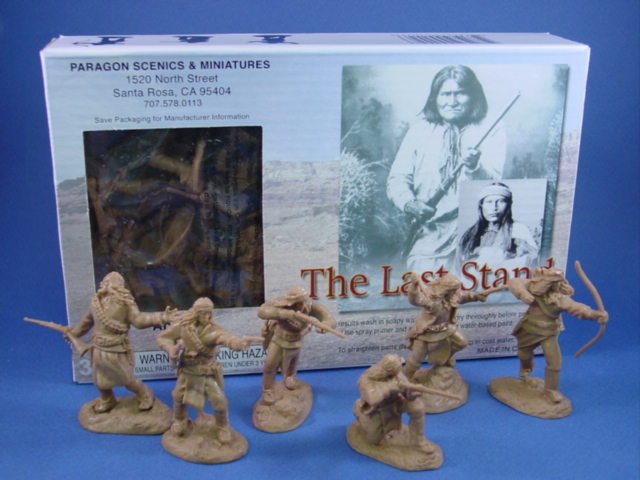 Sergeant Rutledge is a 1960 Western and military courtroom drama starring Woody Strode and Jeffrey Hunter.
Sergeant Rutledge is a 1960 Western and military courtroom drama starring Woody Strode and Jeffrey Hunter.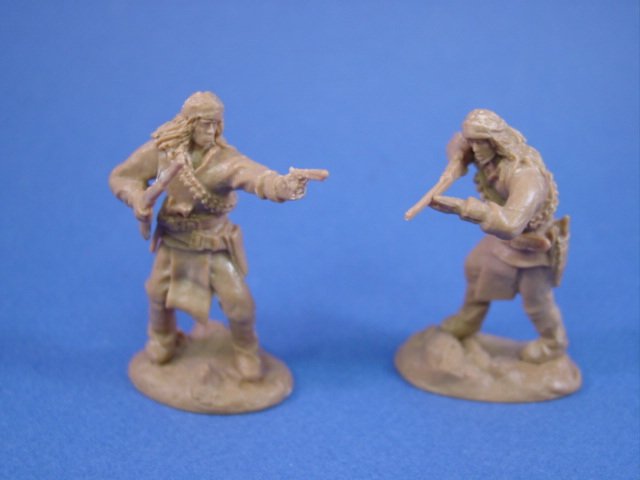
It was directed by John Ford
 and shot on location in Monument Valley, Utah.
and shot on location in Monument Valley, Utah.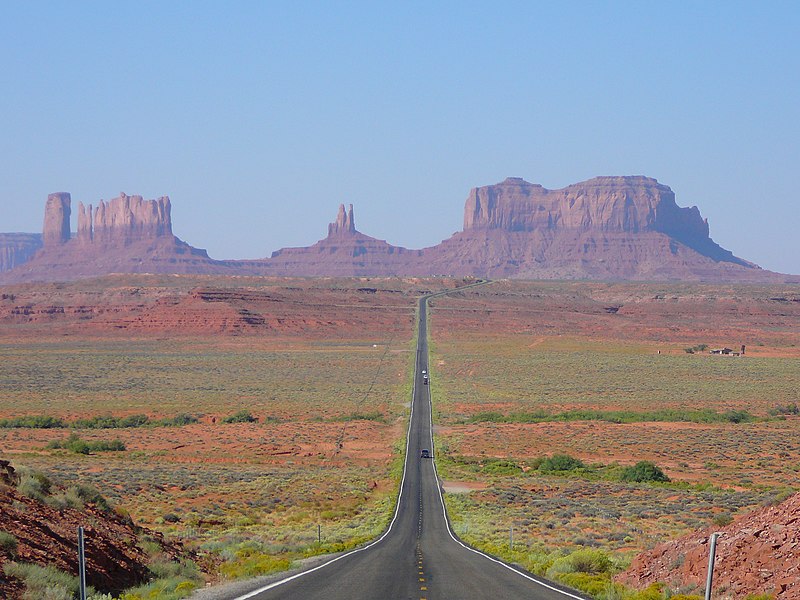
Ford's use of the 9th was in error. At the time of the story, with Gen. Nelson A. Miles in command, the Buffalo Soldiers of the 10th U.S.
in command, the Buffalo Soldiers of the 10th U.S.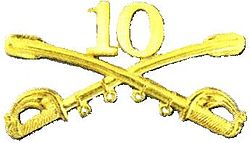 Cavalry served in Arizona. The 9th Cavalry was stationed in West Texas, New Mexico, Kansas, and Nebraska, but never Arizona
Cavalry served in Arizona. The 9th Cavalry was stationed in West Texas, New Mexico, Kansas, and Nebraska, but never Arizona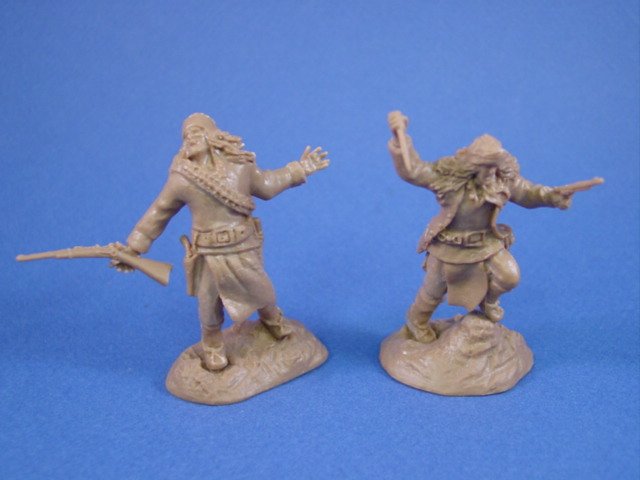 .The film starred Strode as a black first sergeant in the United States Cavalry accused of the rape and murder of a white girl at a U.S. Army fort in the late 1880s.The film revolves around the court-martial of 1st Sgt. Braxton Rutledge (Strode)
.The film starred Strode as a black first sergeant in the United States Cavalry accused of the rape and murder of a white girl at a U.S. Army fort in the late 1880s.The film revolves around the court-martial of 1st Sgt. Braxton Rutledge (Strode) , a "Buffalo Soldier" of the 9th U.S. Cavalry. His defense is handled by Lt. Tom Cantrell (Hunter)
, a "Buffalo Soldier" of the 9th U.S. Cavalry. His defense is handled by Lt. Tom Cantrell (Hunter) , Rutledge's troop officer. The story is told through a series of flashbacks, expanding the testimony of witnesses as they describe the events
, Rutledge's troop officer. The story is told through a series of flashbacks, expanding the testimony of witnesses as they describe the events 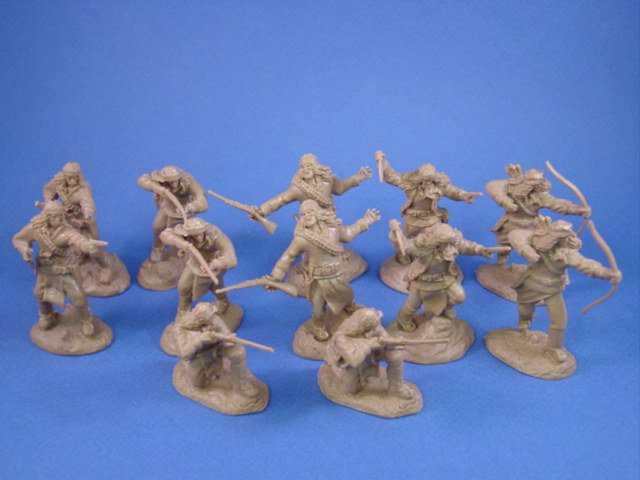 following the murder of Rutledge's Commanding Officer, Major Dabney, and the rape and murder of Dabney's daughter, for which Rutledge is the accused. Circumstantial evidence
following the murder of Rutledge's Commanding Officer, Major Dabney, and the rape and murder of Dabney's daughter, for which Rutledge is the accused. Circumstantial evidence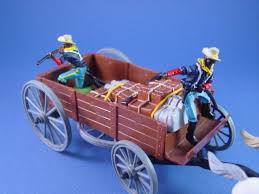 suggests that the first sergeant raped and murdered the girl and then killed his commanding officer. Worse still, Rutledge deserts after the killings.
suggests that the first sergeant raped and murdered the girl and then killed his commanding officer. Worse still, Rutledge deserts after the killings.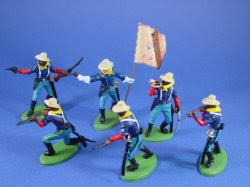 Ultimately, he is tracked down and arrested by Lt. Cantrell. At one point, Rutledge escapes from captivity during an Indian raid, but later, he voluntarily returns to warn his fellow cavalrymen that they are about to face an ambush, thus saving the troop. He is then brought back in to face the charges and the
Ultimately, he is tracked down and arrested by Lt. Cantrell. At one point, Rutledge escapes from captivity during an Indian raid, but later, he voluntarily returns to warn his fellow cavalrymen that they are about to face an ambush, thus saving the troop. He is then brought back in to face the charges and the  prejudices of an all-white military court. Eventually he is found not guilty of the rape and murder of the girl when a local white man breaks down under questioning and admits that
prejudices of an all-white military court. Eventually he is found not guilty of the rape and murder of the girl when a local white man breaks down under questioning and admits that  he raped the girl. Jeffrey Hunter as 1st Lt. Tom Cantrell, 9th Cavalry (counsel for the
he raped the girl. Jeffrey Hunter as 1st Lt. Tom Cantrell, 9th Cavalry (counsel for the  defense)Jeffrey "Jeff" Hunter (November 25, 1926 – May 27, 1969) was an American film and television actor and producer. Hunter is known for
defense)Jeffrey "Jeff" Hunter (November 25, 1926 – May 27, 1969) was an American film and television actor and producer. Hunter is known for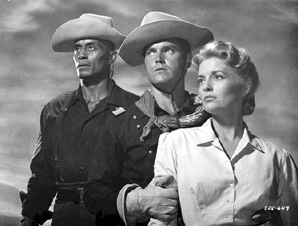 his roles as the sidekick to John Wayne's character in The Searchers, as Jesus Christ in the biblical film King of Kings, and as Capt. Christopher Pike in the original pilot
his roles as the sidekick to John Wayne's character in The Searchers, as Jesus Christ in the biblical film King of Kings, and as Capt. Christopher Pike in the original pilot 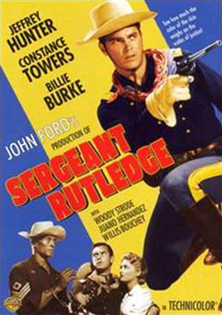 episode of Star Trek and the series' only two-part episode, The Menagerie. Hunter was born Henry Herman “Hank” McKinnies, Jr., in New Orleans, Louisiana, and after 1930 reared in Milwaukee,Wisconsin, where he graduated from Whitefish Bay High School. He began acting in local theater and radio in his early teens. He served stateside in the United States Navy, in World War II, then from 1946 to 1949 studied theatre at Northwestern University inEvanston, Illinois. In 1950, while he was a graduate student in radio at UCLA and appearing in a college play, Hunter was spotted by talent scouts and offered a two-year motion picture contract by 20th Century Fox that was eventually extended to 1959. He made his film debut in a bit part in 1950'sJulius Caesar. He later graduated to starring roles in Red Skies of Montana (1952), and Sailor of the King (1953).A loan-out to co-star with John Wayne in the title roles of the now-classic western The Searchers(1956), began the first of three pictures he made with director John Ford; the other two beingThe Last Hurrah (1958) starring Spencer Tracy and as lawyer Tom Cantrell in Sergeant Rutledge (1960). The same year as The Searchers, Hunter also co-starred with top-billed Fess Parker in Walt Disney's The Great Locomotive Chase, based on an actual 1862 historical event during the American Civil War. Ironically, according to Parker's Archive of American Television interview, Ford had originally wanted to cast Parker in Hunter's role inThe Searchers but Disney refused to loan him out, something Parker didn't hear about until years later; Parker referred to his loss of that part to Jeffrey Hunter as his single biggest career setback Ford also recommended Hunter to director Nicholas Ray for the role of Jesus Christ in King of Kings (1961), a difficult part met by critical reaction that ranged from praise to ridicule. (Hunter's youthful matinee-idol looks resulted in the film's being derided as I Was a Teenage Jesus though he was thirty-four when cast in the part.)Joining an all-star cast in the World War II battle epic The Longest Day, Hunter provided a climactic heroic moment playing a sergeant who is killed while leading a successful attempt to breach the defense wall atop Omaha Beach in Normandy Having guest-starred on television dramas since the mid-1950s, Hunter was then offered a two-year contract by Warner Bros. studio boss Jack Webb that included starring as circuit-riding Texas lawyer Temple Lea Houston, the youngest son of Sam Houston, in the NBC series Temple Houston (1963–1964), which Hunter's production company co-produced. Jack Elam was his co-star, as gunslinger-turned-marshal George Taggart. Hunter described the Temple Houston that he sought to emulate as having "many sides to his character. He was a flamboyant orator; he was a bit of a dandy; he was tough; he was gentle; he was an excellent marksman," all features which gave the series greater latitude with a western format. Houston was also described as follows: He would ride, shoot, fight, drink, and love with the best of them and maybe better than most. The modesty that he displays in day-to-day life would disappear as soon as he enters a courtroom, becoming the flamboyant attorney famous throughout the American Southwest."Temple Houston proved illusory for his long-term career prospects. Hunter thought that the series had found its voice beginning with the twelfth episode, "Enough Rope", by having adopted the light-hearted approach of ABC's former Maverick
episode of Star Trek and the series' only two-part episode, The Menagerie. Hunter was born Henry Herman “Hank” McKinnies, Jr., in New Orleans, Louisiana, and after 1930 reared in Milwaukee,Wisconsin, where he graduated from Whitefish Bay High School. He began acting in local theater and radio in his early teens. He served stateside in the United States Navy, in World War II, then from 1946 to 1949 studied theatre at Northwestern University inEvanston, Illinois. In 1950, while he was a graduate student in radio at UCLA and appearing in a college play, Hunter was spotted by talent scouts and offered a two-year motion picture contract by 20th Century Fox that was eventually extended to 1959. He made his film debut in a bit part in 1950'sJulius Caesar. He later graduated to starring roles in Red Skies of Montana (1952), and Sailor of the King (1953).A loan-out to co-star with John Wayne in the title roles of the now-classic western The Searchers(1956), began the first of three pictures he made with director John Ford; the other two beingThe Last Hurrah (1958) starring Spencer Tracy and as lawyer Tom Cantrell in Sergeant Rutledge (1960). The same year as The Searchers, Hunter also co-starred with top-billed Fess Parker in Walt Disney's The Great Locomotive Chase, based on an actual 1862 historical event during the American Civil War. Ironically, according to Parker's Archive of American Television interview, Ford had originally wanted to cast Parker in Hunter's role inThe Searchers but Disney refused to loan him out, something Parker didn't hear about until years later; Parker referred to his loss of that part to Jeffrey Hunter as his single biggest career setback Ford also recommended Hunter to director Nicholas Ray for the role of Jesus Christ in King of Kings (1961), a difficult part met by critical reaction that ranged from praise to ridicule. (Hunter's youthful matinee-idol looks resulted in the film's being derided as I Was a Teenage Jesus though he was thirty-four when cast in the part.)Joining an all-star cast in the World War II battle epic The Longest Day, Hunter provided a climactic heroic moment playing a sergeant who is killed while leading a successful attempt to breach the defense wall atop Omaha Beach in Normandy Having guest-starred on television dramas since the mid-1950s, Hunter was then offered a two-year contract by Warner Bros. studio boss Jack Webb that included starring as circuit-riding Texas lawyer Temple Lea Houston, the youngest son of Sam Houston, in the NBC series Temple Houston (1963–1964), which Hunter's production company co-produced. Jack Elam was his co-star, as gunslinger-turned-marshal George Taggart. Hunter described the Temple Houston that he sought to emulate as having "many sides to his character. He was a flamboyant orator; he was a bit of a dandy; he was tough; he was gentle; he was an excellent marksman," all features which gave the series greater latitude with a western format. Houston was also described as follows: He would ride, shoot, fight, drink, and love with the best of them and maybe better than most. The modesty that he displays in day-to-day life would disappear as soon as he enters a courtroom, becoming the flamboyant attorney famous throughout the American Southwest."Temple Houston proved illusory for his long-term career prospects. Hunter thought that the series had found its voice beginning with the twelfth episode, "Enough Rope", by having adopted the light-hearted approach of ABC's former Maverick western series, with James Garner
western series, with James Garner . As Hunter explained the change in format, the series was "conceived in humor and delivered in dead seriousness. Then, about halfway through the season, NBC decided to return to the tongue-in-cheek approach. By that time it was too late. The big joke around town was that the series was about a synagogue in Texas." Ruta Lee,
. As Hunter explained the change in format, the series was "conceived in humor and delivered in dead seriousness. Then, about halfway through the season, NBC decided to return to the tongue-in-cheek approach. By that time it was too late. The big joke around town was that the series was about a synagogue in Texas." Ruta Lee,  who guest starred as Lucy Tolliver in "Enough Rope", said of Hunter: "He was one of the prettiest people that ever was put on the screen. God, he was gorgeous."Another Hunter friend, actor Van Williams
who guest starred as Lucy Tolliver in "Enough Rope", said of Hunter: "He was one of the prettiest people that ever was put on the screen. God, he was gorgeous."Another Hunter friend, actor Van Williams , a native of Fort Worth,
, a native of Fort Worth, who also guest starred in the series, said: "Things didn't go right for him, and they should have, because if anybody deserved to be a big star, it was Jeffrey Hunter." In taking the Temple Houston role, Hunter was compelled by a scheduling conflict to bow out of John Ford's final western film, Cheyenne Autumn. Although Temple Houston did not survive beyond twenty-six weeks, Hunter accepted the lead role of Captain Christopher Pike in "The Cage," the first pilot episode of Star Trek. Clegg Hoyt, Hunter's co-star in The True Story of Jesse James, appeared in this pilot as Pitcairn, the transporter chief of the fictitious USS Enterprise.Hunter declined to film a second Star Trek pilot requested by NBC in 1965, and decided to concentrate on motion pictures such as Brainstorm Footage from the original pilot was subsequently adapted into a two-part episode titled "The Menagerie." Later that year, Hunter filmed the pilot for another NBC series, the espionage thriller Journey Into Fear, which the network did not pick up.With the demise of the studio contract system in the early 1960s and the outsourcing of much feature production, Hunter, like many other leading men of the 1950s, found work in B movies produced in Italy, Hong Kong, and Mexico, with the occasional television guest part in Hollywood.
who also guest starred in the series, said: "Things didn't go right for him, and they should have, because if anybody deserved to be a big star, it was Jeffrey Hunter." In taking the Temple Houston role, Hunter was compelled by a scheduling conflict to bow out of John Ford's final western film, Cheyenne Autumn. Although Temple Houston did not survive beyond twenty-six weeks, Hunter accepted the lead role of Captain Christopher Pike in "The Cage," the first pilot episode of Star Trek. Clegg Hoyt, Hunter's co-star in The True Story of Jesse James, appeared in this pilot as Pitcairn, the transporter chief of the fictitious USS Enterprise.Hunter declined to film a second Star Trek pilot requested by NBC in 1965, and decided to concentrate on motion pictures such as Brainstorm Footage from the original pilot was subsequently adapted into a two-part episode titled "The Menagerie." Later that year, Hunter filmed the pilot for another NBC series, the espionage thriller Journey Into Fear, which the network did not pick up.With the demise of the studio contract system in the early 1960s and the outsourcing of much feature production, Hunter, like many other leading men of the 1950s, found work in B movies produced in Italy, Hong Kong, and Mexico, with the occasional television guest part in Hollywood.
- Hunter's first marriage from 1950 to 1955 to actress Barbara Rush
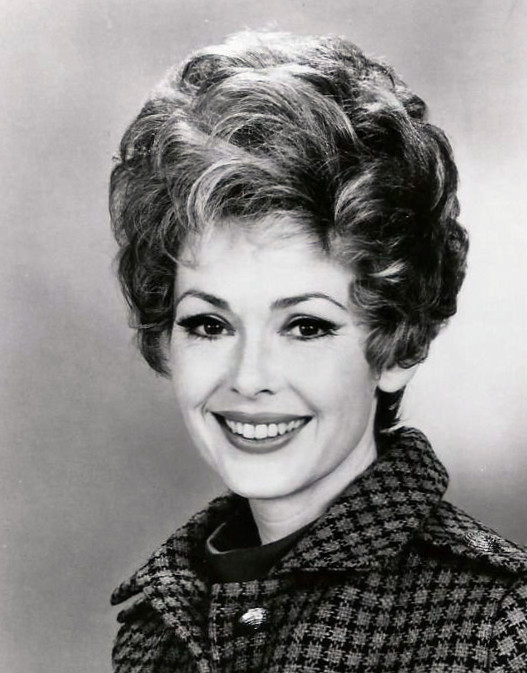
Death
While in Spain in 1969 to film ¡Viva América!, a story of the Chicago Mafia, Hunter was injured in an on-set explosion when a car window near him, which had been rigged to explode outward, accidentally exploded inward.On the night of May 26, 1969, Hunter suffered an intracranial hemorrhage while on a three-stair set of steps at his home in Van Nuys, California.[Hunter's funeral was held at St Mark's Episcopal Church in Van Nuys on May 31 after which he was interred at Glen Haven Memorial Park, in Sylmar, California. - He fell, knocked over a planter, and struck his head on a banister, fracturing his skull.
- He was found unconscious by his wife and taken to Valley Presbyterian Hospital where he underwent brain surgery to repair his injuries. He died at about 9:30 a.m. the following morning at the age of 42.
- Hunter sustained a serious concussion. According to Hunter's wife Emily, he "...went into shock" on the plane ride back to the United States after filming and "..couldn't speak. He could hardly move." After landing, Hunter was taken to Good Samaritan Hospital in Los Angeles but doctors could not find any serious injuries save for a displaced vertebra and a concussion.On the night of May 26, 1969, Hunter suffered an intracranial hemorrhage while on a three-stair set of steps at his home in Van Nuys,
- to whom he remained married until his death only three months later.
- Constance Towers as Mary Beecher
- Billie Burke as Mrs. Cordelia Fosgate
- Woody Strode as First Sergeant Braxton Rutledge, 9th Cavalry
- Juano Hernández as Sgt. Matthew Luke Skidmore, 9th Cavalry
- Willis Bouchey as Lt. Col. Otis Fosgate, 9th Cavalry (president of the court-martial)
- Carleton Young as Capt. Shattuck, 14th Infantry (prosecutor)
- Judson Pratt as 2nd Lt. Mulqueen, 9th Cavalry (court-martial board member)


